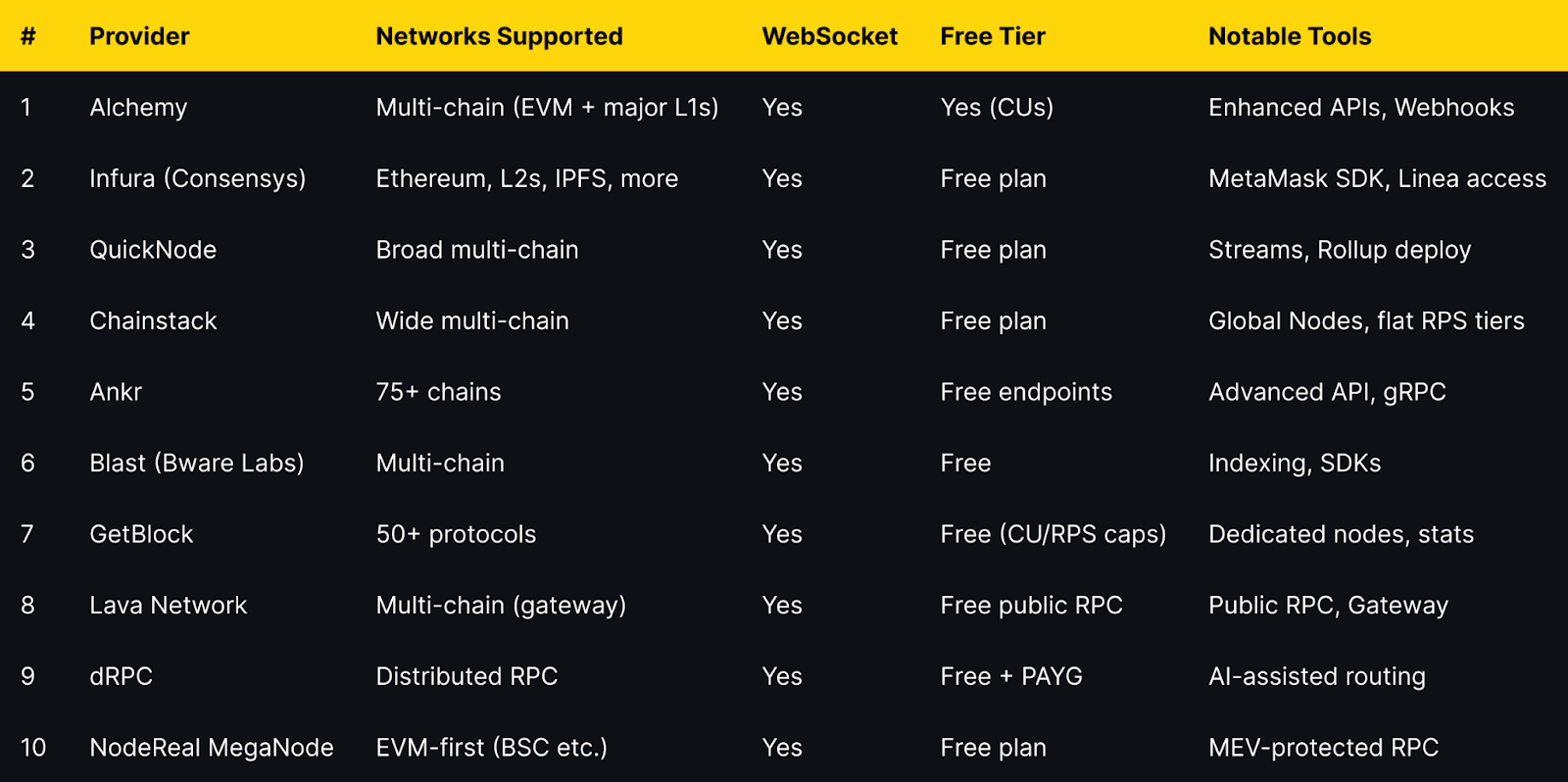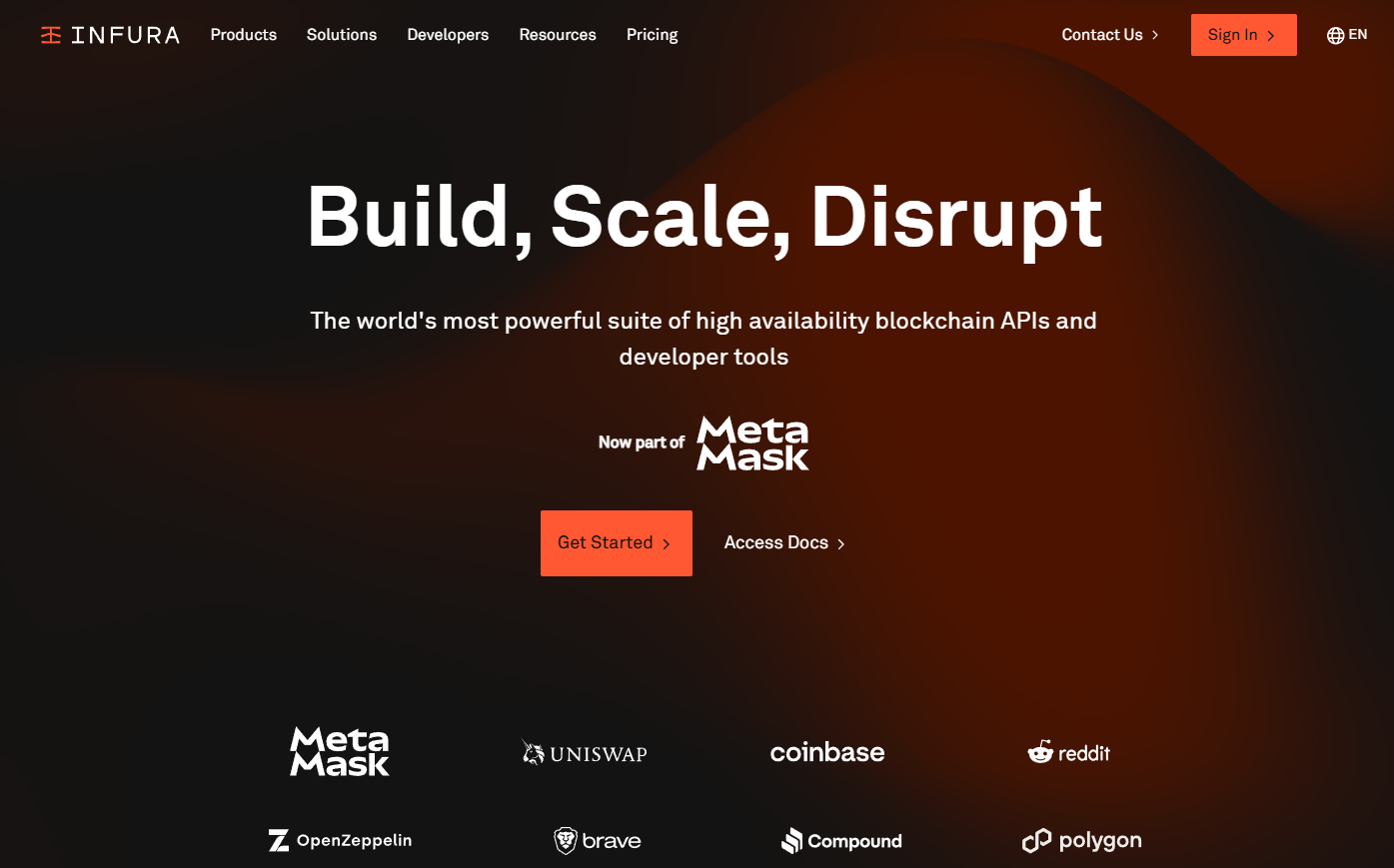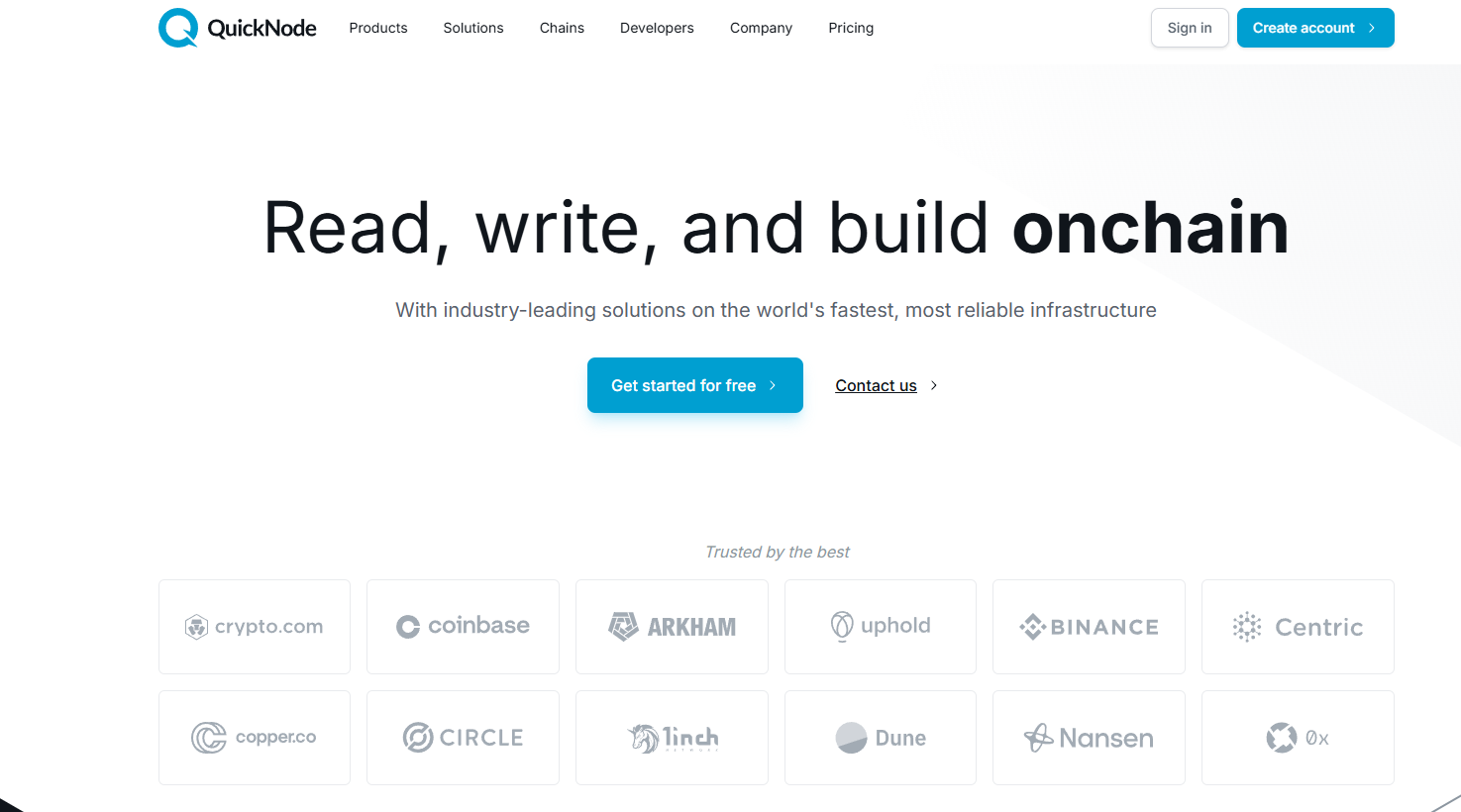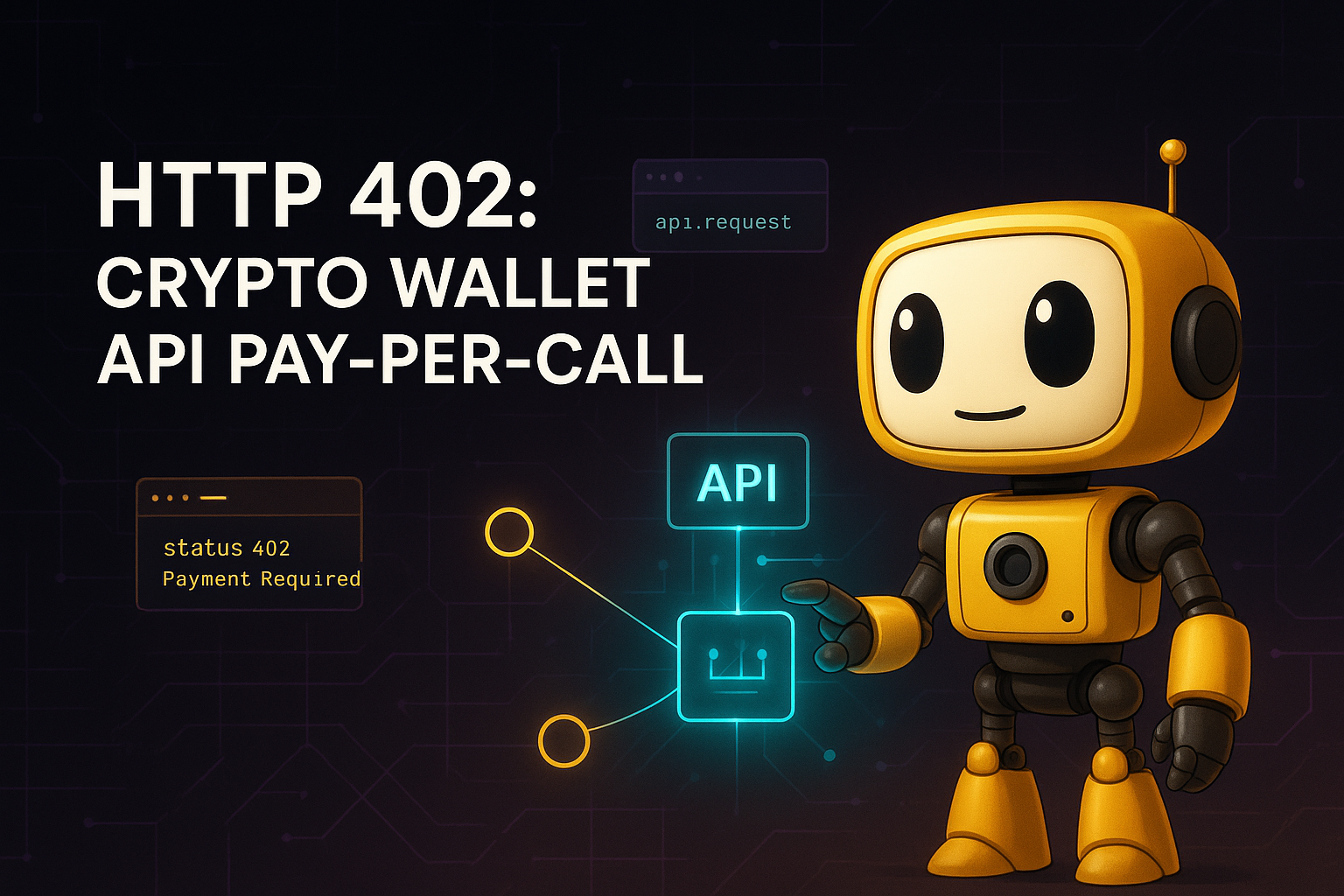
Solana vs Bitcoin vs Ethereum: The Ultimate 2025 Cryptocurrency Showdown

As we navigate through 2025, the cryptocurrency landscape continues to evolve at a breakneck speed, with three giants dominating the conversation: Solana, Bitcoin, and Ethereum. These crypto coins represent distinct visions for the future of blockchain technology, each offering unique features and advantages that appeal to different segments of the market. Cryptocurrencies are increasingly viewed as an alternative to traditional currencies and assets, providing new options for storing and transferring value.
Understanding the key differences between Solana vs Bitcoin vs Ethereum is crucial for investors, developers, and crypto enthusiasts who want to stay ahead in this rapidly changing industry. Recent developments, such as the SEC approval of a Bitcoin ETF, have made Bitcoin more accessible to a broader audience, encouraging easier entry into cryptocurrency investing.
Introduction to Cryptocurrencies
Cryptocurrencies are decentralized digital currencies that leverage cryptography to ensure secure and transparent transactions across a global network. Since the inception of Bitcoin, the crypto market has expanded rapidly, introducing a diverse range of crypto coins that serve various purposes. While many investors are drawn to trading crypto for its potential returns, others see cryptocurrencies as a way to participate in decentralized finance (DeFi) protocols or to buy Bitcoin as a long-term store of value.
Unlike Bitcoin, which primarily functions as a decentralized digital currency and a hedge against traditional financial systems, other blockchain platforms like Ethereum and Solana have evolved to power decentralized applications and smart contracts. The Solana blockchain, for example, is renowned for its high-speed, low-cost transactions, making it a popular choice among developers and investors seeking scalable solutions. As the crypto market matures, these platforms continue to drive innovation, offering new ways to store, transfer, and create value in a secure and decentralized manner.
Current Market Position: September 2025 Snapshot
The crypto market in 2025 has matured significantly, marked by increased institutional adoption and broader mainstream acceptance. As of September 15, 2025, Solana (SOL) is trading at an impressive price of $235.69, boasting a market capitalization of $138.75 billion. This represents remarkable growth from its previous lows and highlights Solana’s rise as a serious competitor in the blockchain space.
Meanwhile, Bitcoin (BTC) remains solidly above $118,000, reinforcing its status as digital gold and a reliable store of value. Ethereum (ETH), on the other hand, is on track for a consistent recovery, driven by ongoing upgrades and expanding use cases. This overall bullish sentiment reflects the growing confidence investors have in these leading blockchain platforms.
For traders and analysts seeking comprehensive insights into the crypto market, Token Metrics stands out as a premier crypto trading and analytics platform. It offers advanced AI-driven analysis, price predictions, and portfolio optimization tools that help thousands of investors navigate the volatile cryptocurrency market with confidence.
Bitcoin: The Digital Gold Standard
Bitcoin continues to reign as the undisputed king of cryptocurrencies, widely regarded as the original decentralized digital currency and a trusted store of value. Unlike traditional currencies, Bitcoin operates independently of any central bank, further emphasizing its decentralized nature. Its primary value proposition lies in its role as digital gold—a decentralized store of value that serves as a hedge against the traditional banking system and fiat currencies like the dollar.

Institutional adoption of Bitcoin has accelerated in 2025, with an increasing number of corporations adding BTC to their treasury reserves. This growing acceptance underscores Bitcoin’s reputation as a safe haven asset in times of economic uncertainty. The Bitcoin decentralized network enables secure, peer-to-peer transactions, which are fundamental to its accessibility and resilience.
Bitcoin’s strength is rooted in its simplicity and security. The Bitcoin network has operated without major issues for over 15 years, building unmatched trust among investors worldwide. In 2025, Bitcoin’s development continues with new commits for Taproot++ features, including experimentation with vault primitives, demonstrating ongoing commitment to improving security and functionality despite its mature status. As a store of value, Bitcoin is often compared to precious metals like gold, with both serving as safe haven assets and stores of wealth.
However, Bitcoin’s limitations are well-known. Its consensus mechanism, Proof of Work (PoW), demands significant energy consumption, raising environmental concerns. Additionally, Bitcoin processes roughly 7 transactions per second, resulting in slower transaction speeds compared to newer blockchain platforms. This makes Bitcoin less suitable for applications requiring high-frequency transactions but reinforces its role as a secure and decentralized store of value and as a form of digital money used for both storing value and as a medium of exchange.
Unlike some other cryptocurrencies that may be classified as securities, Bitcoin is generally considered a commodity, which subjects it to lighter regulatory oversight and has important implications for its adoption and ETF approval prospects.
Ethereum: The Smart Contract Pioneer
Ethereum stands as the second largest cryptocurrency by market capitalization, trailing only Bitcoin. Unlike Bitcoin, Ethereum functions as a versatile blockchain platform designed to power decentralized applications (DApps) and decentralized finance (DeFi) protocols through its smart contract capabilities.

Ethereum’s ecosystem has expanded rapidly in 2025. Notably, Layer 2 scaling solutions like StarkNet and zkSync have attracted contributions from over 1,100 developers, enhancing Ethereum’s performance and addressing scalability challenges. These advancements enable Ethereum to support a wide range of Solana vs Bitcoin vs Ethereum: The Ultimate 2025 Cryptocurrency Showdown
As we navigate through 2025, the cryptocurrency landscape continues to evolve at a breakneck speed, with three giants dominating the conversation: Solana, Bitcoin, and Ethereum. These crypto coins represent distinct visions for the future of blockchain technology, each offering unique features and advantages that appeal to different segments of the market. Understanding the key differences between Solana vs Bitcoin vs Ethereum is crucial for investors, developers, and crypto enthusiasts who want to stay ahead in this rapidly changing industry.
Current Market Position: September 2025 Snapshot
The crypto market in 2025 has matured significantly, marked by increased institutional adoption and broader mainstream acceptance. As of September 15, 2025, Solana (SOL) is trading at an impressive price of $235.69, boasting a market capitalization of $138.75 billion. This represents remarkable growth from its previous lows and highlights Solana’s rise as a serious competitor in the blockchain space.
Meanwhile, Bitcoin (BTC) remains solidly above $118,000, reinforcing its status as digital gold and a reliable store of value. Ethereum (ETH), on the other hand, is on track for a consistent recovery, driven by ongoing upgrades and expanding use cases. This overall bullish sentiment reflects the growing confidence investors have in these leading blockchain platforms.
For traders and analysts seeking comprehensive insights into the crypto market, Token Metrics stands out as a premier crypto trading and analytics platform. It offers advanced AI-driven analysis, price predictions, and portfolio optimization tools that help thousands of investors navigate the volatile cryptocurrency market with confidence.
Bitcoin: The Digital Gold Standard
Bitcoin continues to reign as the undisputed king of cryptocurrencies, widely regarded as the original decentralized digital currency and a trusted store of value. Its primary value proposition lies in its role as digital gold—a decentralized store of value that serves as a hedge against the traditional banking system and fiat currencies like the dollar.
Institutional adoption of Bitcoin has accelerated in 2025, with an increasing number of corporations adding BTC to their treasury reserves. This growing acceptance underscores Bitcoin’s reputation as a safe haven asset in times of economic uncertainty.
Bitcoin's strength is rooted in its simplicity and security. The Bitcoin network has operated without major issues for over 15 years, building unmatched trust among investors worldwide. In 2025, Bitcoin's development continues with new commits for Taproot++ features, including experimentation with vault primitives, demonstrating ongoing commitment to improving security and functionality despite its mature status.
However, Bitcoin’s limitations are well-known. Its consensus mechanism, Proof of Work (PoW), demands significant energy consumption, raising environmental concerns. Additionally, Bitcoin processes roughly 7 transactions per second, resulting in slower transaction speeds compared to newer blockchain platforms. This makes Bitcoin less suitable for applications requiring high-frequency transactions but reinforces its role as a secure and decentralized store of value.
Ethereum: The Smart Contract Pioneer
Ethereum stands as the second largest cryptocurrency by market capitalization, trailing only Bitcoin. Unlike Bitcoin, Ethereum functions as a versatile blockchain platform designed to power decentralized applications (DApps) and decentralized finance (DeFi) protocols through its smart contract capabilities.
Ethereum’s ecosystem has expanded rapidly in 2025. Notably, Layer 2 scaling solutions like StarkNet and zkSync have attracted contributions from over 1,100 developers, enhancing Ethereum’s performance and addressing scalability challenges. These advancements enable Ethereum to support a wide range of decentralized services while maintaining security and decentralization.
Ethereum’s versatility is its greatest strength. It hosts the majority of blockchain innovation, from DeFi protocols and NFT marketplaces to enterprise blockchain solutions and tokenization platforms. However, Ethereum remains volatile, with its price potentially rising above $5,000 or falling below $2,000 depending on market trends, regulatory developments, and technological upgrades such as Ethereum ETFs and institutional investments.
Token Metrics’ advanced analytics platform offers real-time tracking of Ethereum’s extensive DeFi ecosystem, helping investors and developers identify emerging opportunities and assess risks across hundreds of Ethereum-based protocols.
Solana: The High-Speed Challenger
Solana has emerged as the most formidable challenger to Ethereum’s smart contract dominance. In 2024 and continuing into 2025, Solana experienced a significant rise in new token launches, accounting for over 87% of all tokens created across tracked platforms. This surge is largely attributed to Solana’s low transaction fees and exceptional speed.

The Solana blockchain boasts technical specifications that enable thousands of transactions per second with minimal fees, making it ideal for high-frequency trading, gaming, and consumer applications that demand fast, cheap transactions. However, Solana is considered more centralized than Bitcoin because running nodes on its network requires higher hardware specifications, which limits the number of participants who can operate nodes. Nodes in Solana are responsible for validating transactions, maintaining the ledger, and supporting the network’s speed and scalability, but the higher requirements for nodes can impact the overall decentralization of the network. Its unique consensus mechanism combines Proof of History (PoH) with Proof of Stake (PoS), enabling parallel transaction processing and remarkable scalability without relying on traditional Layer 2 solutions.
Looking ahead to 2026, Solana is poised to continue its upward trajectory, with price projections ranging between $400 and $450. This growth is expected to be fueled by further advancements in blockchain scalability and increasing adoption across DeFi and NFT sectors.
Solana’s ecosystem has flourished in niches where Ethereum’s higher fees create barriers to entry. It has become a hub for memecoin trading, gaming, and decentralized applications that require faster speeds and lower costs.
Consensus Mechanisms: How They Secure the Network
At the heart of every cryptocurrency lies a consensus mechanism—a system that ensures all transactions are validated and recorded securely across the network. In the crypto market, the most common consensus mechanisms are Proof of Work (PoW), Proof of Stake (PoS), and Proof of History (PoH), each with its own approach to maintaining trust and security.
Bitcoin relies on Proof of Work, where miners use computational power to solve complex puzzles, validate transactions, and create new blocks. This process is energy-intensive but has proven effective in securing the Bitcoin network. Solana, on the other hand, combines Proof of Stake with its innovative Proof of History, allowing validators to process transactions in parallel and achieve much faster speeds with greater energy efficiency. Ethereum has transitioned from PoW to PoS, enabling the network to scale more efficiently while reducing its environmental impact. Understanding these consensus mechanisms is crucial for anyone looking to invest in or use cryptocurrencies, as they directly influence the network’s security, scalability, and overall performance.
Technical Comparison: Architecture and Performance
When comparing Solana vs Bitcoin vs Ethereum, the differences in their underlying architecture and consensus mechanisms are key to understanding their unique strengths. Block creation and validation play a crucial role in determining transaction throughput and network speed, with each blockchain handling blocks differently to optimize performance.
Bitcoin uses Proof of Work (PoW), prioritizing security and decentralization over speed. Its conservative approach ensures immutability but limits transaction throughput. Bitcoin’s consensus mechanism gains unmatched security and resistance to attacks, but at the cost of efficiency.
Ethereum transitioned to Proof of Stake (PoS) with Ethereum 2.0, significantly improving energy efficiency while maintaining decentralization. Additionally, Layer 2 solutions like Arbitrum and Optimism offer scalability enhancements without compromising the security of the Ethereum main chain. Ethereum gains scalability and reduced energy consumption through its PoS upgrade and Layer 2 integrations.
Solana’s innovative Proof of History (PoH) consensus mechanism, combined with PoS, allows for parallel transaction processing, resulting in much faster speeds and higher scalability. Unlike Bitcoin and Ethereum, Solana achieves these speeds without relying on Layer 2 scaling, setting it apart as a high-performance blockchain platform. The robust code underlying each blockchain is essential for ensuring both security and optimal performance, making software implementation a critical factor in their ongoing development.
Tokenomics and Use Cases
Tokenomics—the economic design and distribution of cryptocurrency tokens—plays a pivotal role in shaping the value and utility of each crypto asset. Bitcoin’s tokenomics are defined by its fixed supply of 21 million coins, making it a secure store of value and a popular hedge against inflation. This scarcity is a key reason why many investors choose to buy Bitcoin as a long-term investment.
Solana’s tokenomics are more dynamic, with a variable supply and a focus on incentivizing network participation and powering decentralized applications. The Solana blockchain is designed to support a wide range of use cases, from high-frequency trading to gaming and DeFi protocols, making it a versatile platform for developers and users alike.
Ethereum stands out for its robust support of smart contracts and decentralized finance. Its token, ETH, is essential for executing transactions and interacting with DeFi protocols, NFT marketplaces, and other decentralized applications. As a result, Ethereum has become a cornerstone of the crypto market, driving innovation and enabling new forms of value creation. For investors and developers, understanding the tokenomics and use cases of each cryptocurrency is key to navigating the rapidly evolving market.
Cryptocurrency Regulation and Security
As the crypto market grows, regulation and security have become top priorities for investors and users. The regulatory landscape for cryptocurrency is still developing, with some countries embracing clear guidelines while others impose stricter controls or outright bans. This patchwork of regulations can create uncertainty and contribute to the market’s volatility.
Security is another critical concern, as the decentralized nature of crypto makes it a target for hackers and scammers. High-profile breaches of exchanges and wallets have underscored the importance of robust security measures. Investors are encouraged to use secure wallets, enable two-factor authentication, and stay informed about the latest security practices to protect their assets. As the industry matures, both regulation and security are expected to play increasingly important roles in shaping the future of the crypto market, helping to build trust and stability for all participants.
Investment Perspective: Risk and Reward Analysis
In 2025, the primary reason for investing in cryptocurrencies is long-term growth potential, cited by 49% of respondents, while
investors can purchase cryptocurrencies using various methods, including bank transfer, which allows for secure and direct funding from their bank accounts.
Cryptocurrencies enable secure transactions over the internet, making them accessible to a global audience.
Making an Informed Decision
Choosing which cryptocurrency to invest in or use requires a thoughtful and informed approach. Investors should carefully research each asset’s tokenomics, consensus mechanism, and real-world use cases, as well as consider the security and regulatory environment surrounding the crypto market. Staying updated with the latest news and market trends is essential, given the volatile nature of cryptocurrencies.
It’s also important for investors to assess their own financial goals and risk tolerance before making any decisions. Whether you’re interested in decentralized finance, trading, or using crypto as a store of value, taking the time to understand the unique features of Bitcoin, Solana, and Ethereum can help you make confident choices. By prioritizing research and security, investors can better navigate the dynamic world of crypto and position themselves for long-term value and success.

.svg)

Create Your Free Token Metrics Account

.png)




%201.svg)
%201.svg)


%201.svg)





























.svg)




.png)